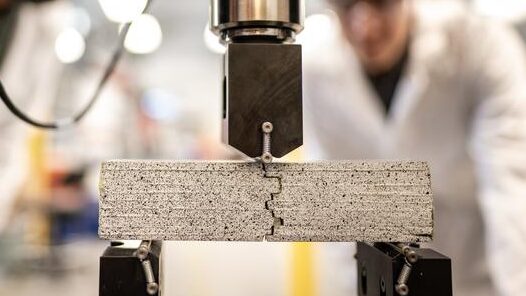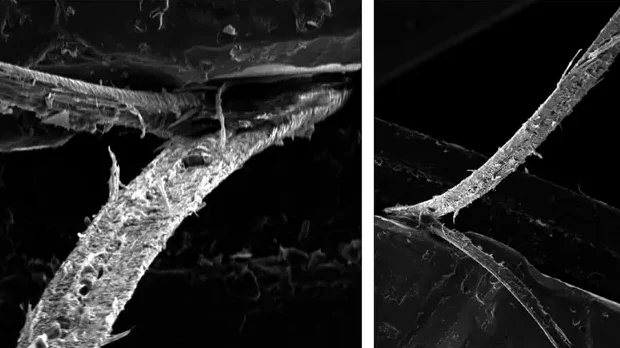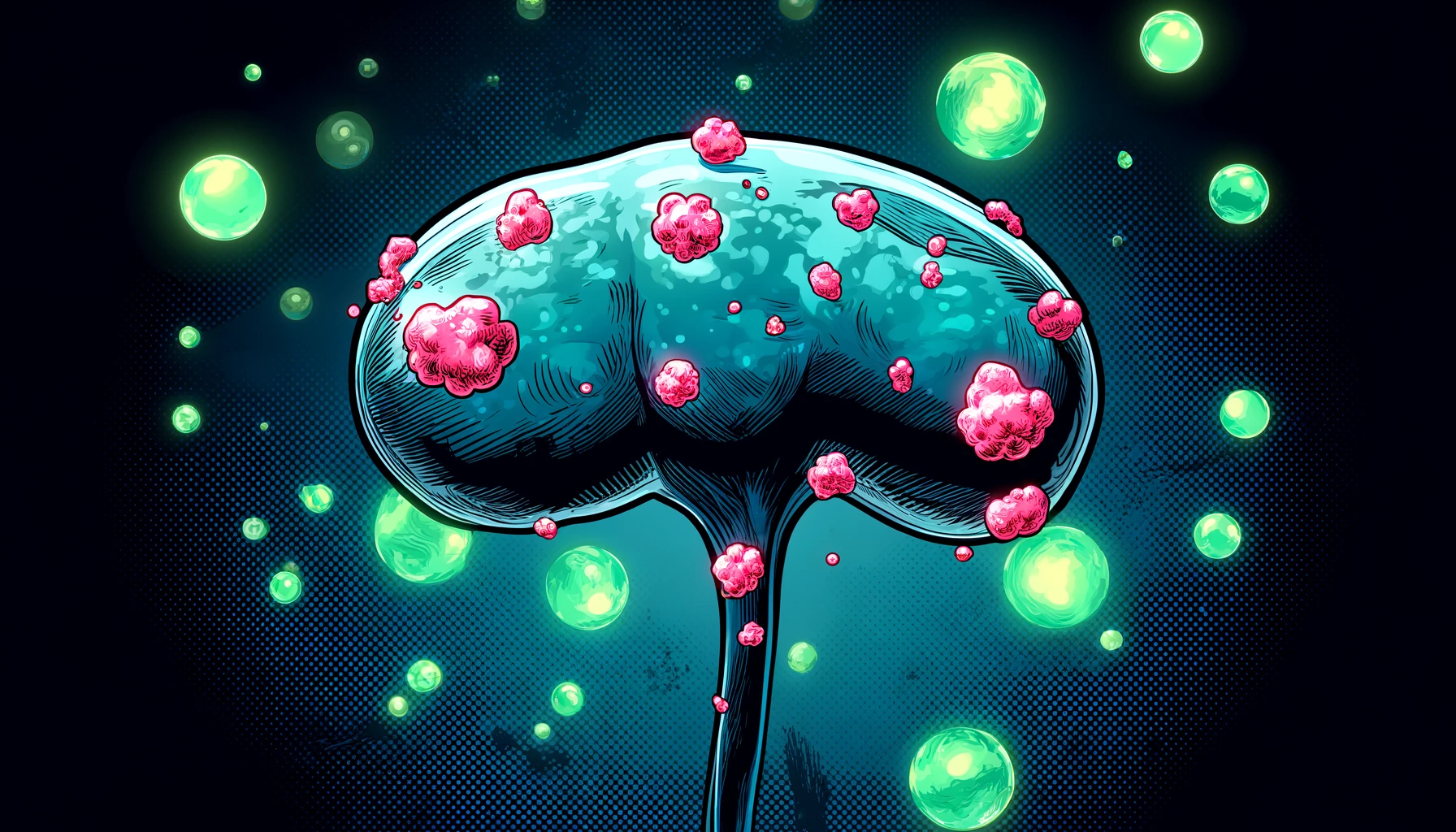Researchers from the University of Tokyo have taught a musculoskeletal humanoid robot to drive a car autonomously, providing an alternative approach to sensor-equipped robotic vehicles.
From Superinnovators 17/06/24.
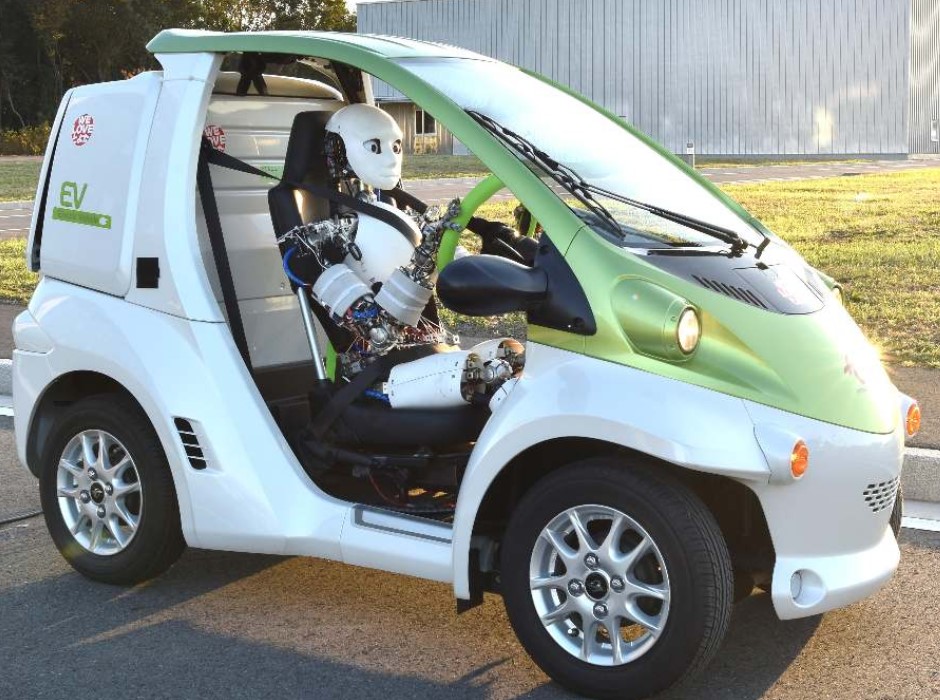
The project explores an alternative route to autonomous vehicles, focusing on the robot rather than the car itself.
Current autonomous vehicles are loaded with sensors, computer vision and AI, whereas this new approach utilises the sensors and AI incorporated in humanoids, leaving the car dumb.
Here, the humanoid driver could perform various tasks between trips, such as carrying shopping or assisting in the household, potentially increasing technology utilisation and reducing costs.
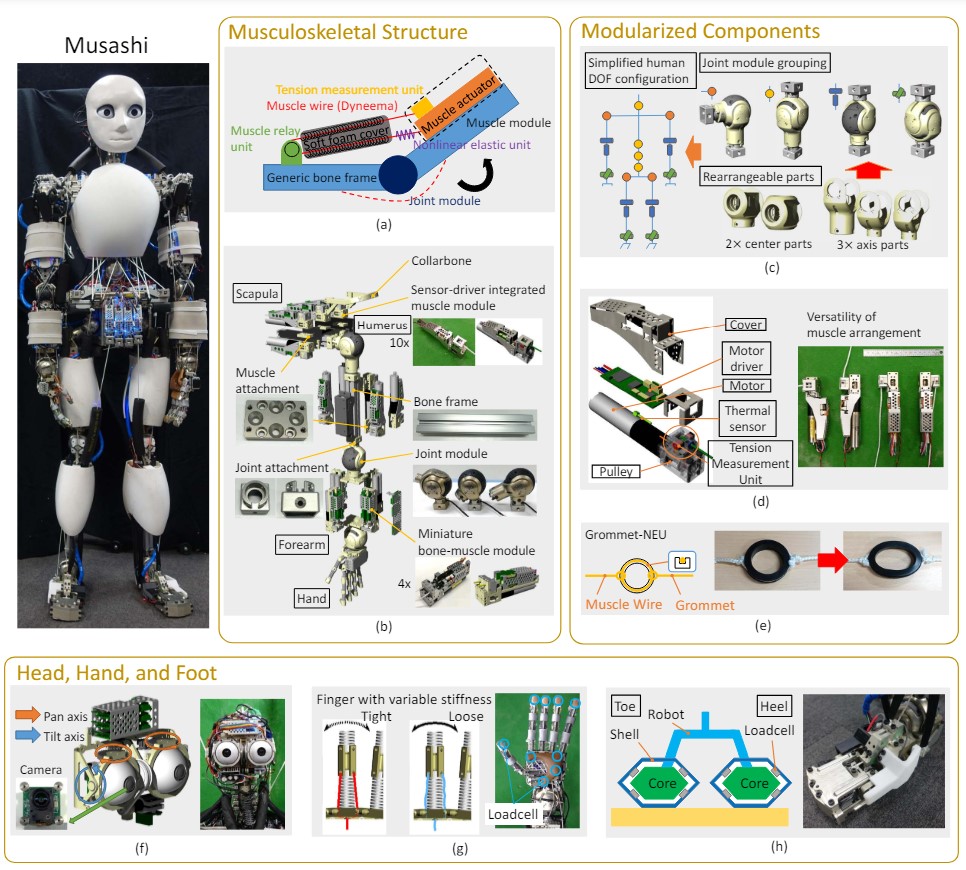
Even with autonomous vehicles rolling out, there will still be hundreds of millions of dumb cars on the road over the coming decades that could be automated through humanoids.
Especially if humanoid investment, development and production scale outpaces autonomous vehicles.
The footage from 2020, published on YouTube last week, shows Musashi driving a single-seater Toyota COMS electric micro-car (2012), using high-resolution vision cameras in each movable eye for a comprehensive view of its surroundings.
The robot’s five-digit hands, attached to jointed arms, control the steering wheel and can operate the handbrake, ignition key, and turn signals.
Musashi’s feet, equipped with grippy surfaces, manage the accelerator and brake pedals.
The team enhanced the car with a Wi-Fi router, Intel NUC PC, and a servo power supply to support the robot’s operations.
However, these enhancements are expected to be integrated into future humanoids.
Initial real-world driving tests at the University of Tokyo’s Kashiwa Campus showed Musashi responding to various stimuli, such as stopping for humans or car horns and obeying traffic lights.
Yet, the robot faced challenges, including difficulty maintaining a constant speed on inclines and slow cornering. These tests highlight both the potential and current limitations of this approach.
Researchers also suggest that sensor-equipped robots like Musashi could be advanced crash test dummies for automakers.
While Musashi is far from ready for public roads, recent advances in humanoid technology could lead to robots driving more safely than human drivers in the next few years.
The results were published in IEEE Robotics and Automation Magazine journal in 2020.
More info
https://ieeexplore.ieee.org/document/9091842

